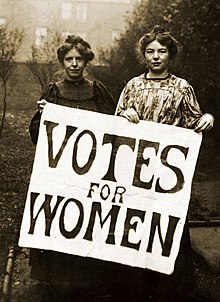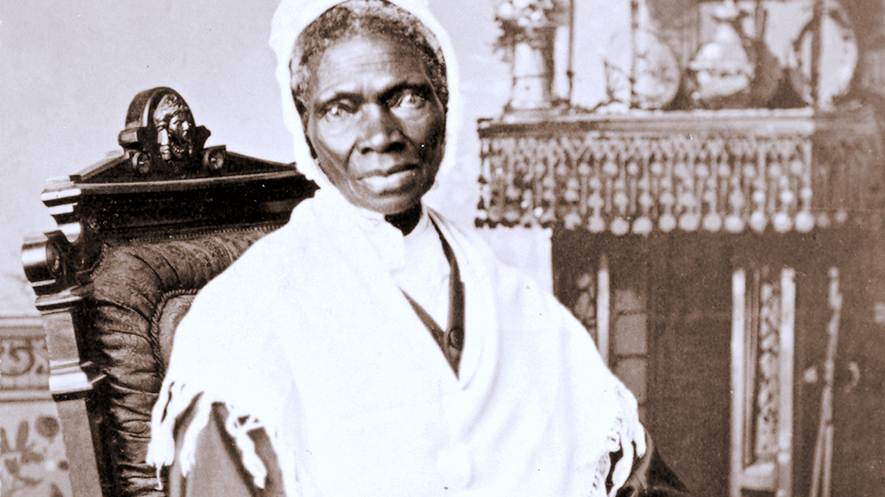WOMEN’S HISTORY IN POLITICS
Editor’s Intro: It’s never been a more exciting time to be a woman in politics! From Stacey Abrams’ inspiring gubernatorial campaign in Georgia, to the election of San Francisco Mayor London Breed, to a freshman class in Congress that is as diverse as America, itself, women have become more visible and impactful at nearly every level of government than ever before. This Women’s History Month, Wiles contributor Marc Alexander will present an insightful 4-Part series on women in politics that will serve, not only as a reminder of the trailblazers of the past, but also as a celebration of the influencers of today who are working to build a legacy that will set up generations of women for future success. Please stay with us all month long for this exciting and informative series!
WOMEN IN POLITICS: THE PIONEERS
By Marc Alexander
One of the positive residual effects of the current polarizing and controversial presidential administration is that women have been compelled to be more proactive in politics. The election of November 2018 saw more women and, specifically, women of color run and be elected to office than any in previous history. This was even more significant for women of color, who, historically, have had a much harder struggle to find a voice than their White counterparts.
A look back at how women have come to this new political potency is the tale of two movements and must be done using the filter of race and racism to be accurate. In America’s almost 250 year history, White women have had to struggle with gender inequities, while women of color have had the burden and weight of racism as well.
The first true suffragist was Sojourner Truth – an escaped slave from New York whose famous quote “If women want any rights more than they’s got, why don’t they just take them, and not be talking about it?” summed up her thoughts on the women’s plight during her time. Truth was a champion of both the abolition of slavery and women’s rights – equating that you couldn’t have one without the other.
Around the same time that Truth was becoming a major political force, the Women’s Rights Conference was held by abolitionists Elizabeth Cady Stanton and Lucretia Mott. At the conference, the two drafted the Declaration of Sentiments: a set of 12 resolutions that called for equal treatment of women and men under the law as well as voting rights for women.
As the suffrage movement grew it became clear to some African-American women that they needed their own organization to address their unique needs and desires. Spurred on by the most famous suffragist Susan B. Anthony’s, quote “I will cut off this right arm of mine before I will ever work or demand the ballot for the Negro and not the woman,” the Colored Women’s Progressive Franchise Association was formed.
Naomi Anderson Mary, Ann Shadd Cary and Anna Julia Cooper voiced their opinions and intentions through the organization – putting the nation on notice that women of color would not be marginalized in the struggle for equality. Educator Nannie Helen Burroughs, another Black women suffragette, famously predicted the impact women receiving the vote would have on African-American women when she said, “When the ballot is put into the hands of the American woman, the world is going to get a correct estimate of the Negro woman. It will find her a tower of strength of which poets have never sung, orators have never spoken, and scholars have never written.” 
Politically, White women moved forward slowly, gaining some ground as American culture still looked to them to be homemakers and housewives rather than elected officials. For women of color, progress moved even more slowly. But outliers like Mary McLeod Bethune, who advised President Roosevelt during the New Deal about “Black Affairs” and was part of his unofficial “Black Cabinet,” and Shirley Chisholm, the first Black woman to be elected to Congress in 1968, continued to achieve on the two fronts of civil rights and politics.
Over the next few decades, the culture that discouraged women from being part of the power structure began to break down and more women were elected to congress and the senate leading up to 1984 Geraldine Ferraro’s historic run as the first woman in U.S. history to run for vice president.
In 1992, Carol Moseley Braun became the first Black woman elected to the United States Senate – ushering in a new era of possibilities for women of color to serve as elected officials at the highest level of government. 2016 was poised to be an even more monumental year in politics for women as former First Lady and Secretary of State Hilary Clinton was by most accounts, an overwhelming favorite to defeat Republican nominee Donald Trump and become the first female president. On Election Night, Clinton she was defeated in an upset that still has many shocked.
Looking forward, Senator and presidential candidate Kamala Harris of California, Congresswomen Alexandria Ocasio-Cortez of New York and Ilhan Omar of Minnesota are shaking up the way things are done in Washington signaling that women and women of color are demanding more inclusiveness and representing, in their own way, a changing America.
ABOUT THE AUTHOR

